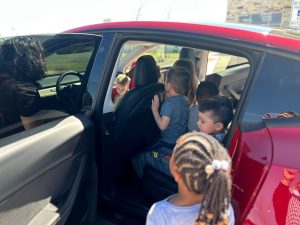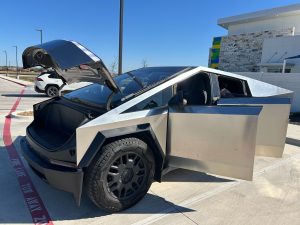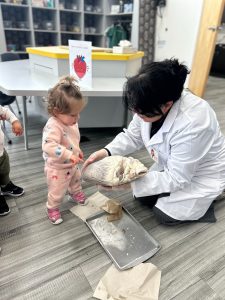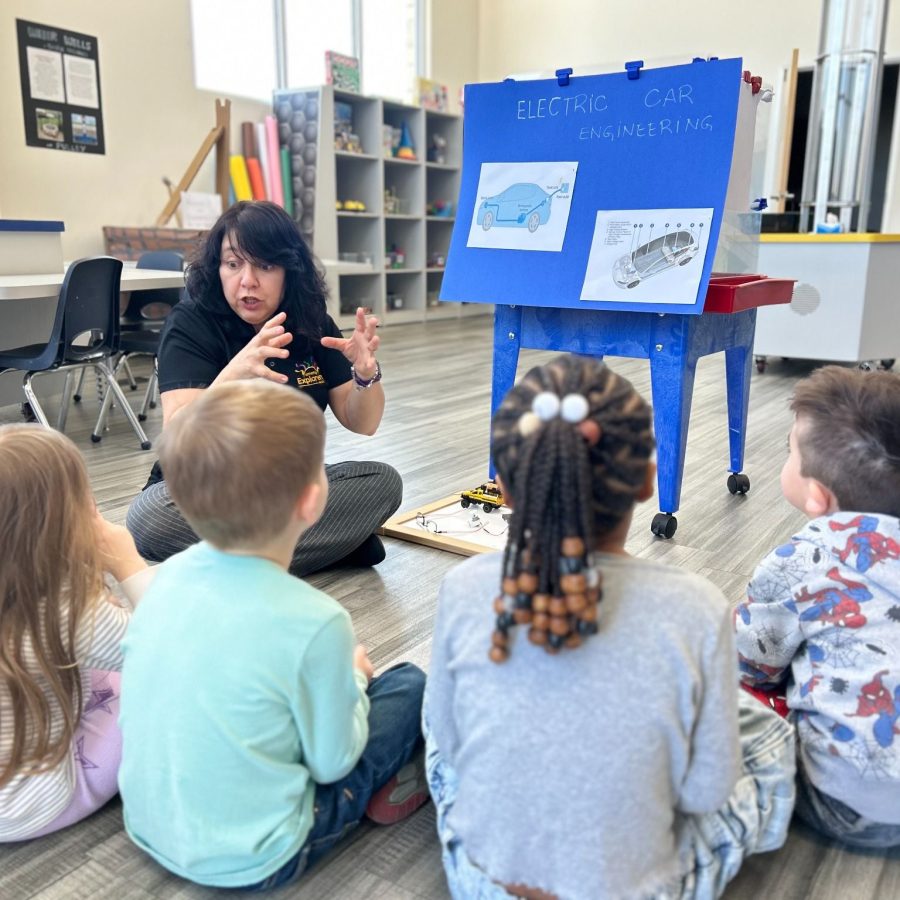Why Real-World Experiences Matter
Children are naturally curious. From the moment they wake up, they ask questions, experiment, and explore. But some of the most powerful learning happens when they experience things firsthand—when they can see, touch, and interact with the world around them.
Think about it: Would you rather read about how a car engine works or see one in action? Would you rather hear about the heart’s function or hold one in your hands? For young children, hands-on experiences make learning real and unforgettable.

At Amazing Explorers Academy, we see this curiosity in action every day. Sometimes, it’s in the little moments—kids watching raindrops race down a window, noticing how shadows change, or asking why their shoes squeak on the floor. Other times, it’s in big moments, like the time children experienced electric car learning for preschoolers up close, exploring an electric car, or examined a real cow’s heart.
When Learning Becomes Real
Some of the best learning doesn’t come from a worksheet. It happens when children get their hands on something real and start asking questions.
Seeing an Electric Car Up Close

A group of preschoolers recently experienced valuable electric car learning for preschoolers by seeing a Tesla up close for the first time. Before they even touched the car, they explored batteries, wires, and motors in their classroom to understand how electricity makes things move. They watched as closing a circuit made a fan spin and a small motor turn.
Then, when they saw the Tesla, something clicked. One child noticed there was no exhaust pipe. That led to a discussion: Why doesn’t it need one? Where does the energy come from? Suddenly, electric cars weren’t just something adults talk about—they were something real, something they could understand. This kind of experience is vital for effective electric car learning for preschoolers.
Holding a Real Cow’s Heart on Valentine’s Day

Valentine’s Day usually means paper hearts, but this year, one classroom got to see and touch a real cow’s heart. Some children were eager, others were hesitant, but everyone was curious.
They ran their fingers over the thick muscle, traced the tubes that carried blood, and asked:
- Why does it feel like this?
- Does my heart look like this too?
- What happens if the heart stops working?
Instead of just hearing that “the heart pumps blood,” they felt it. The experience made something invisible—something inside their own bodies—suddenly real.
Learning Through Real Experiences, Every Day
Not every moment is as big as a Tesla or a cow’s heart. But every day, children learn by exploring, building, and figuring things out for themselves.
Some recent projects included:
- Building a water filter – What happens when you pour dirty water through different materials?
- Exploring home designs – Why do houses in hot places look different from houses in cold places?
- Growing a garden – What do plants need to survive?
Real-world experiences like these stick with children because they aren’t just memorizing—they’re making sense of the world.
How Parents Can Bring Real-World Learning Home
You don’t need a Tesla or a cow’s heart to help your child learn through experience. Simple, everyday moments can be just as powerful:
- Cooking Together – Let them measure, mix, and watch how ingredients change.
- Going for a Walk – Notice how the wind moves leaves, how shadows change, or how a puddle disappears over time.
- Fixing or Taking Things Apart – Give them an old toy or household item (that’s safe!) to explore. What’s inside? How does it work?
- Following Their Questions – Instead of just answering “How does this work?” try exploring it together.
Curiosity Leads to Learning
Kids don’t need perfect lessons or fancy equipment—they just need opportunities to explore. The next time your child asks a question, see if you can experience the answer together. Because when learning is hands-on, it sticks with them forever.
What’s something your child has explored recently that sparked their curiosity?



